Nature conservation and environmental protection
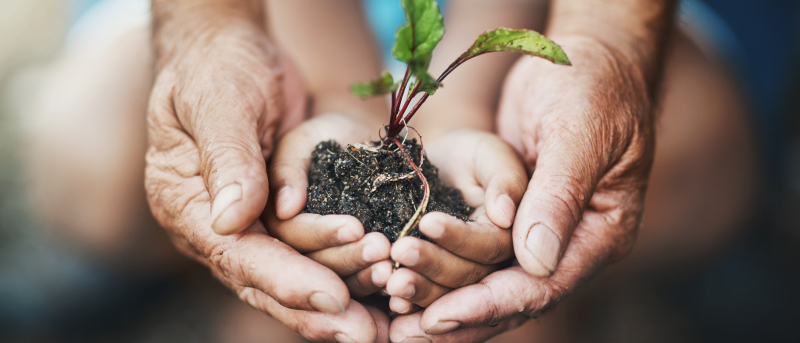
Nature conservation and environmental protection
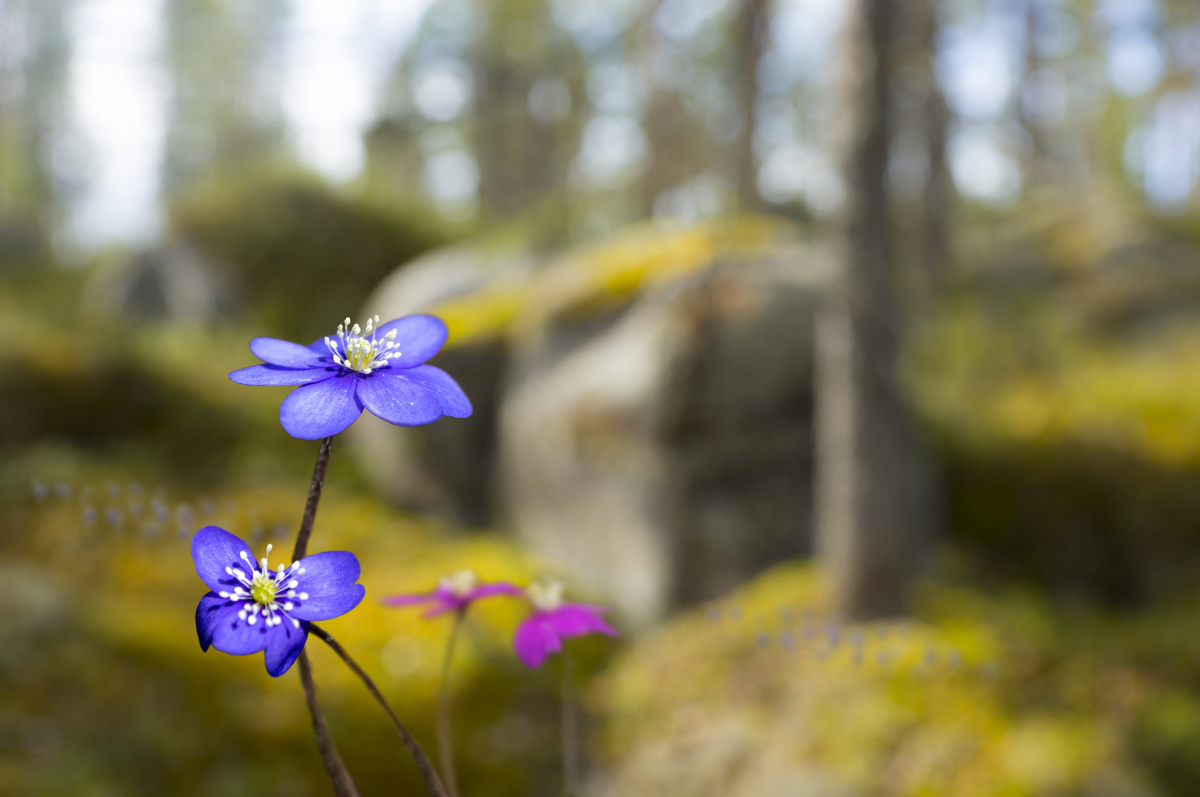
Nature conservation and environmental protection are terms that refer to the work of conserving nature and ecosystems. They are also about limiting changes in nature and about addressing and fixing the damage people do to nature. Nature conservation and environmental protection aim to ensure that people, animals and plants have good biotopes, also for the future.
Reuse and recycling
Reuse means that things we no longer need for various reasons can be reused by other people. Recycling means that things can be broken down into raw materials and put together again in a new way, or that they can be melted to make a new product. Reuse has become very popular in recent years. Many people want to be more aware of their consumption and disposable mentality and choose to buy second-hand clothes, furniture etc.
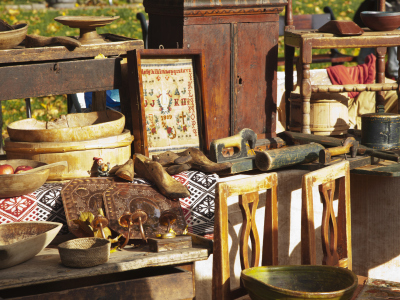
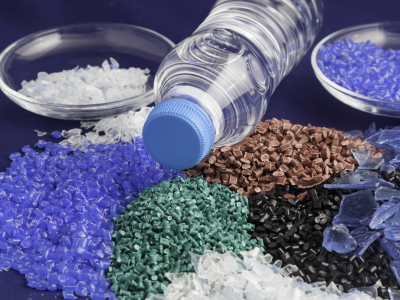
Separation of waste at source
Every person in Norway disposes of more than 400 kg of waste a year. The people in many municipalities sort their own waste. This is called separating waste at source. We can sort some waste at home, and we can perhaps also hand in some at a recycling site. There are waste containers for different types of waste at recycling sites. Many municipalities also have big recycling stations where we can hand in bigger things that we want to discard like furniture, washing machines, garden waste and paint tins.
Food waste
Food waste is when edible food is thrown out or used as something other than food for human consumption. One third of all the food that is produced around the world is thrown out. In Norway, we throw out 400,000 tonnes of edible food every year. This includes food from the grocery industry, grocery shops, restaurants etc. and from private households. The food that is thrown out globally every year would be enough to feed all the hungry people in the world.
Transport and the environment
Transport accounts for around 30 per cent of Norway’s greenhouse gas emissions. Around half of the transport emissions come from road traffic. Shipping and fishing are also major sources of emissions in Norway. Transport accounts for well over 20 per cent of the world’s greenhouse gas emissions.
Norway’s goal is that almost all new cars sold should be zero-emission cars from 2025. A zero-emission car does not emit greenhouse gases. Another goal is that all increases in passenger transport in the biggest cities are met by public transport, bikes or by walking. So although the population is growing, car traffic will not increase in step with it.
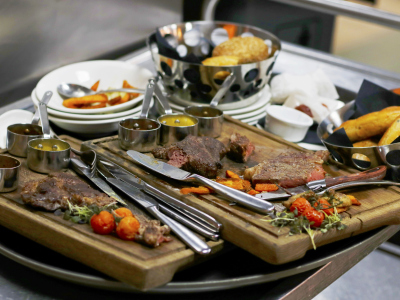
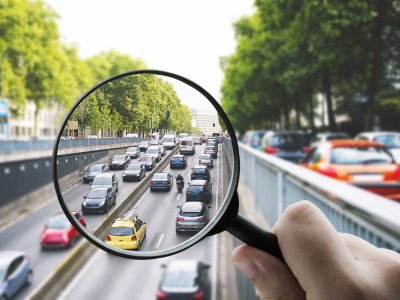
Talk together

- What can we do as individuals to take care of nature and the environment?
- Talk together about reuse and recycling.
- Do you ever buy anything second hand? Why or why not?
- Talk about separating waste at source. Why do we separate waste at source? What happens when we don’t separate waste at source?
- Talk together about food waste. Why do we throw out so much food? Do you throw out food? Why or why not? What can we do to ensure we throw out less food?
- Talk about using private cars versus using public transport. Does everyone in Norway have the same opportunities to use public transport? Why or why not?
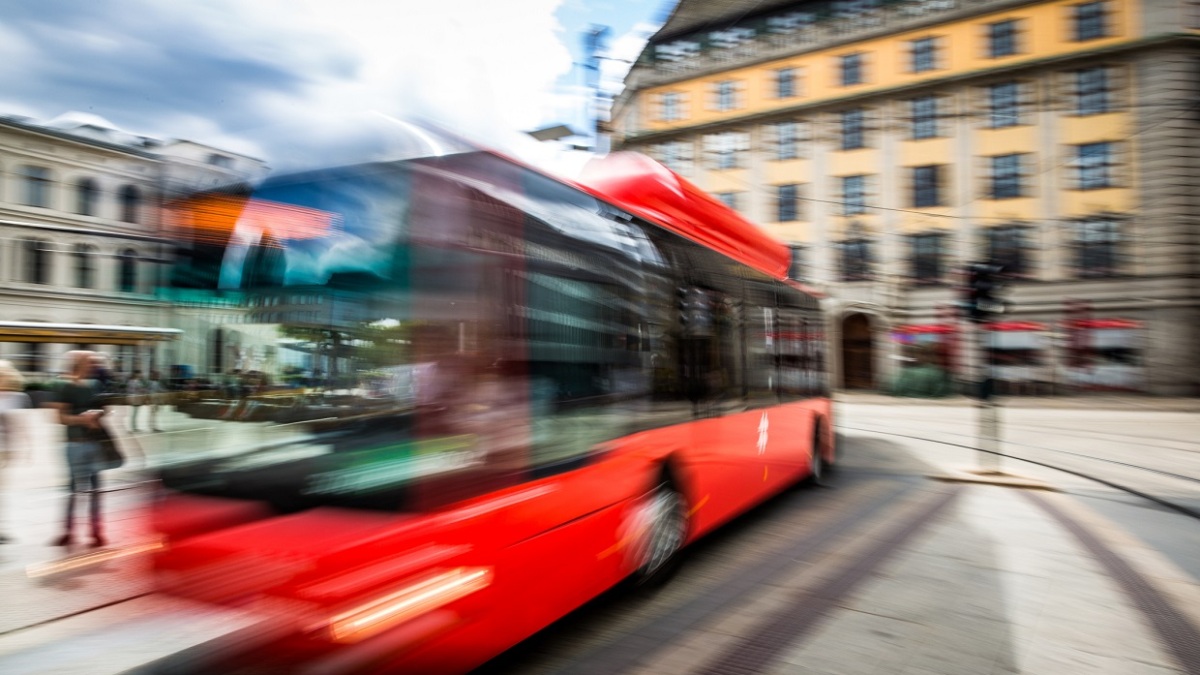
Select the right answer
What does reuse mean?
Select the right answer
How much waste does every person in Norway dispose of each year?
Complete the sentence
Transport accounts for around ...
Select right or wrong
Read the statements. What is right? What is wrong?
Select right or wrong
Read the statements. What is right? What is wrong?
Select the right image
Which images show how we can be environmentally friendly in our day-to-day lives? You can select more than one image.
